What Is Special VFR (SVFR) and How Can You Use It?
Pilot Institute
JANUARY 24, 2025
Special VFR is a clearance issued by Air Traffic Control (ATC) that allows pilots to operate in weather conditions below the standard VFR minimums. In certain cases, they will need to communicate with an approach facility, but they should be able to issue you a special VFR clearance.

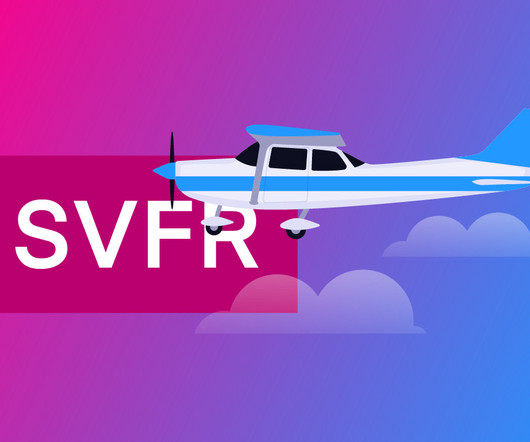
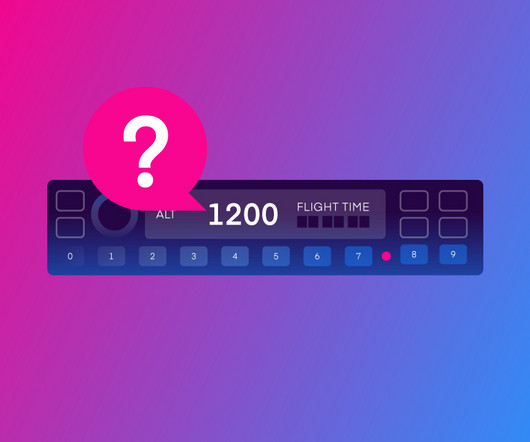
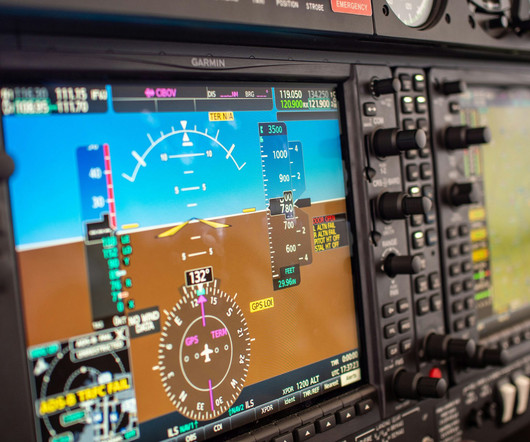


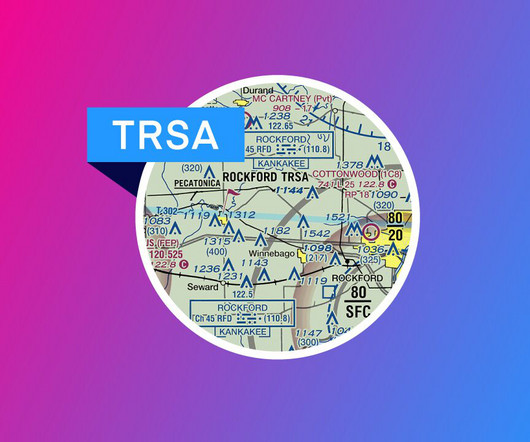
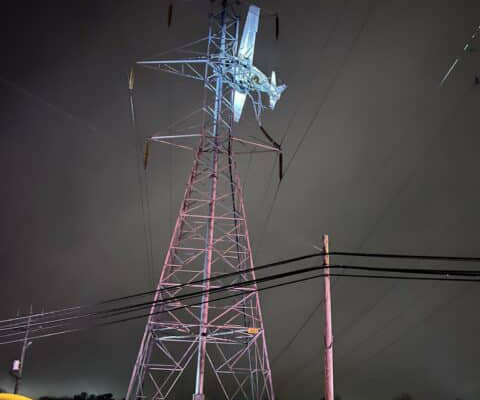

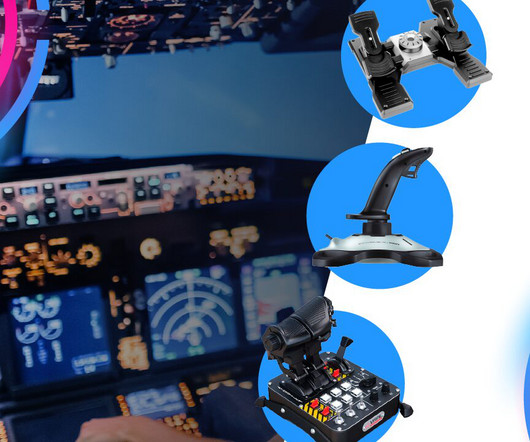









Let's personalize your content